Introductory Guide to Ceramic Pottery
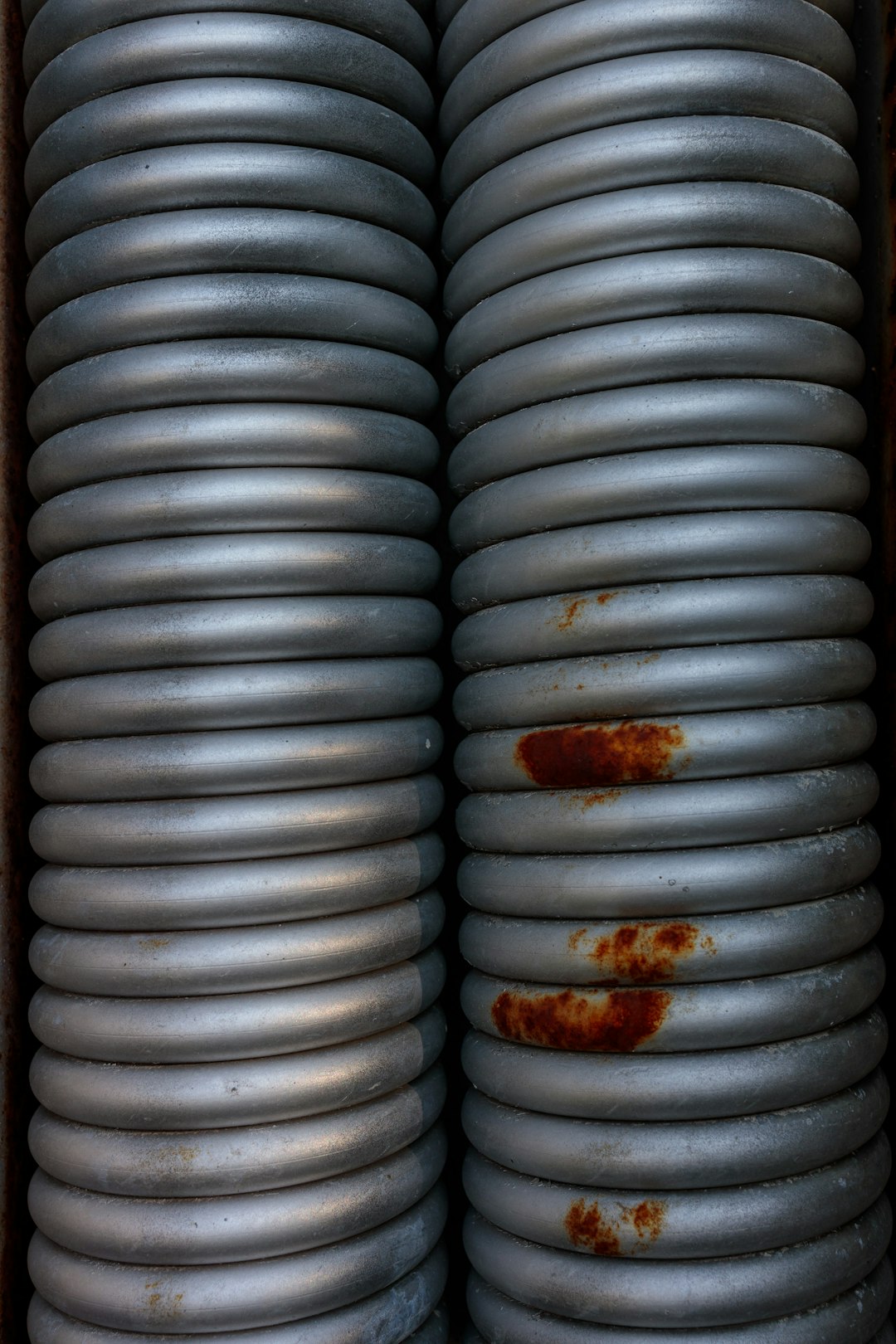
Embracing the art of pottery can be both a challenging and rewarding experience. For those new to this craft, understanding the basics is essential. One of the fundamental techniques is learning how to manipulate the clay to create beautiful and functional pieces. Whether you’re interested in hand-building or using a potter’s wheel, the journey into ceramics can be quite fulfilling.
Getting Started with Coil Clay Designs
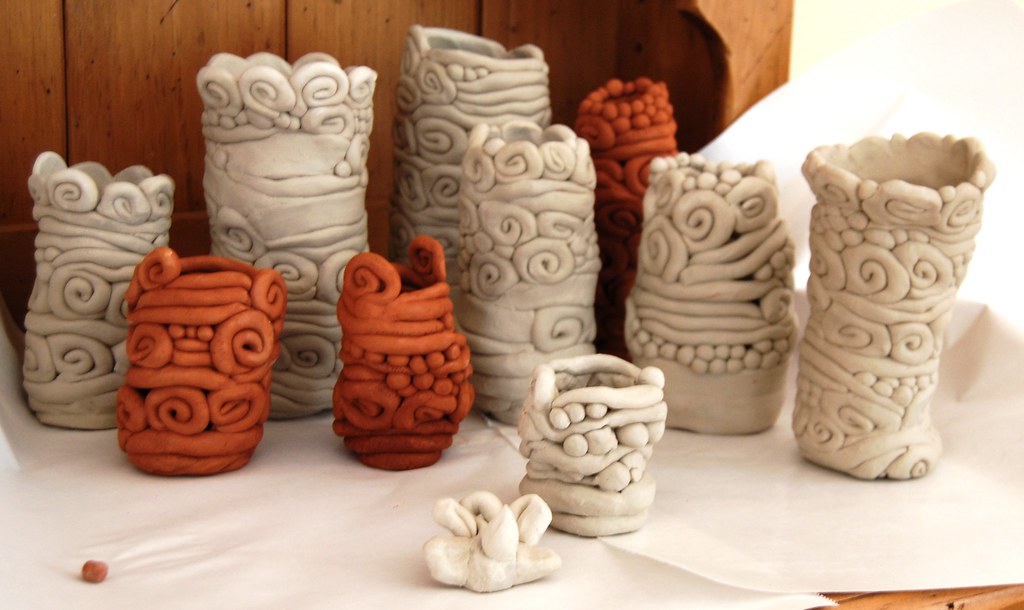
For beginners, starting with coil clay designs can be a great way to learn the basics of pottery. Coil clay allows you to create a variety of shapes and structures by rolling out clay into long strips and joining them together. This method can be particularly beneficial for creating vases, bowls, and other vessel-like forms.
Understanding Coiling in Ceramics
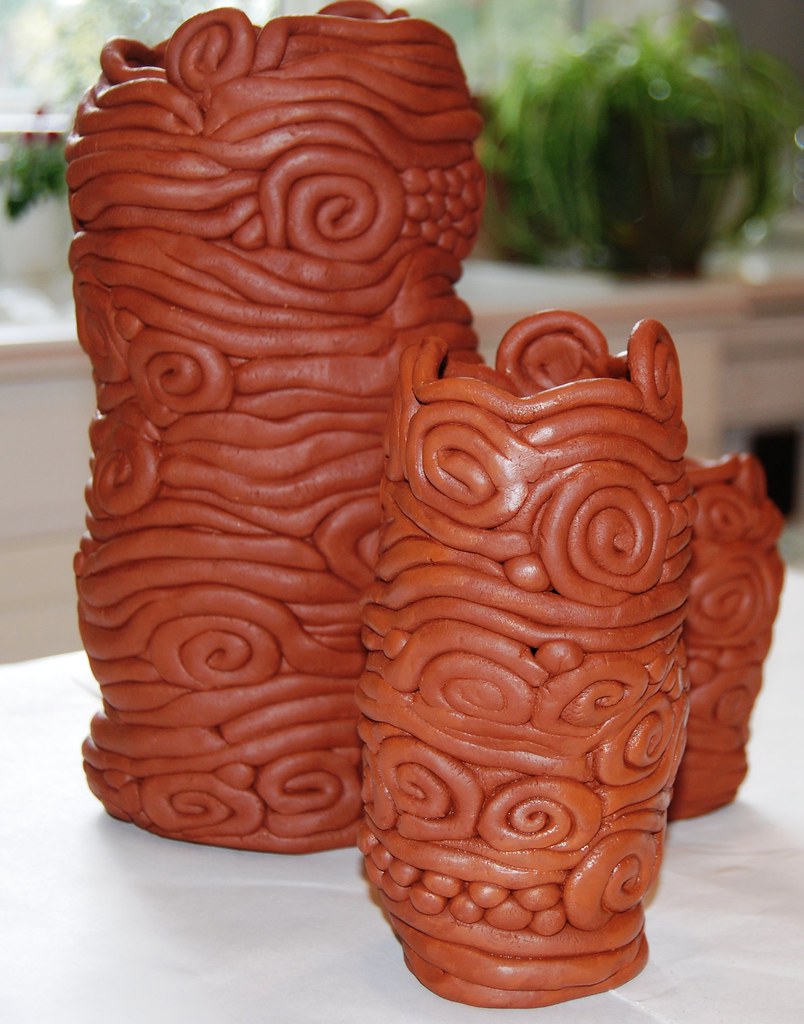
To master the art of coiling, it’s crucial to explore the essential techniques for pottery. These techniques include understanding the right amount of pressure to apply, how to join the coils properly, and different ways to smooth out surfaces. By getting comfortable with these techniques, you’ll be able to create more complex and refined pottery pieces over time.
Exploring Wheel Thrown Pottery Projects
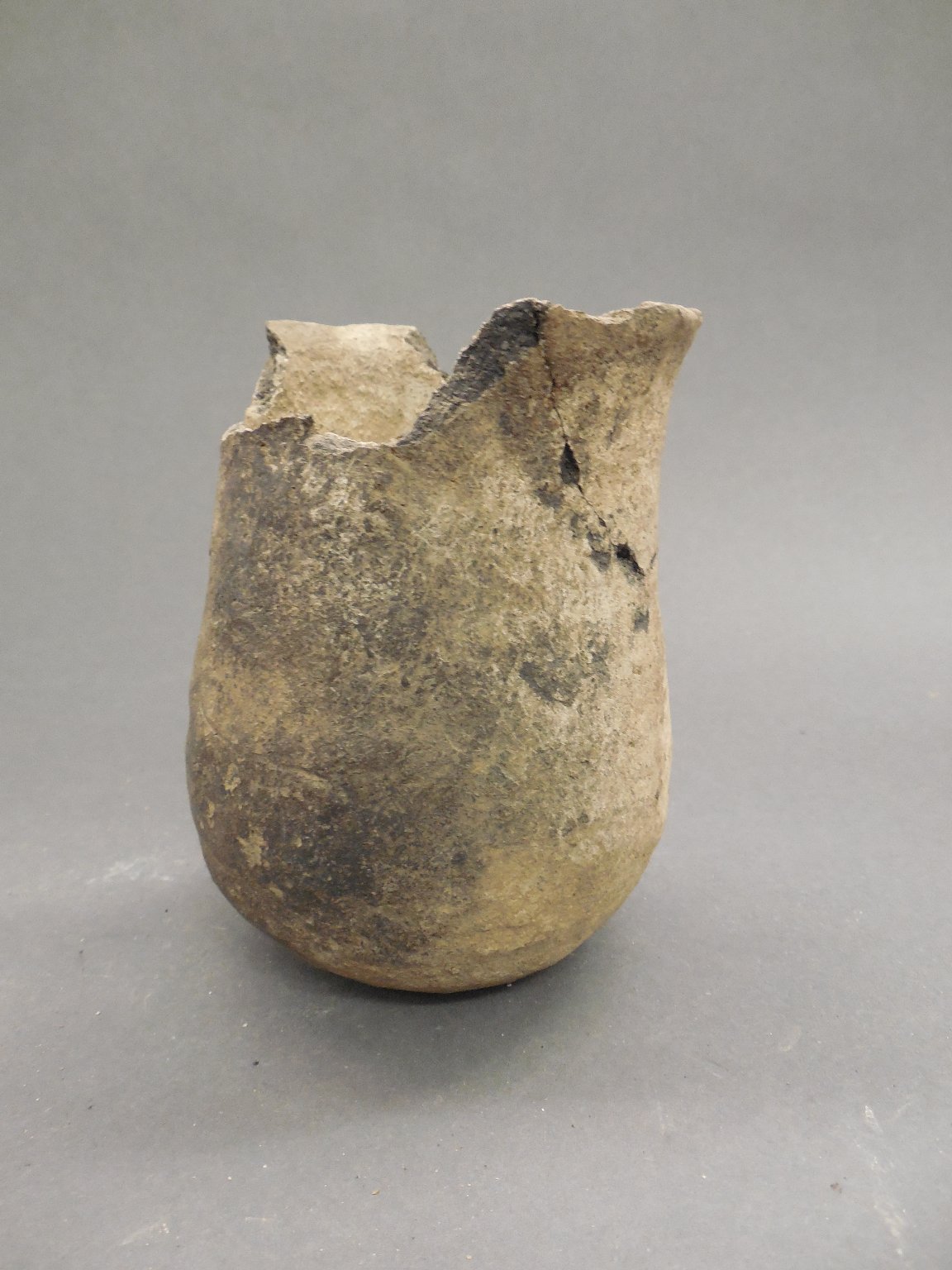
If you’re interested in more advanced methods, exploring wheel thrown pottery projects can offer new creative challenges. The potter’s wheel allows you to create more symmetrical and intricate designs, and with practice, you can discover a wide range of forms to experiment with, from simple bowls to elaborate vases.
The Three Stages of Clay
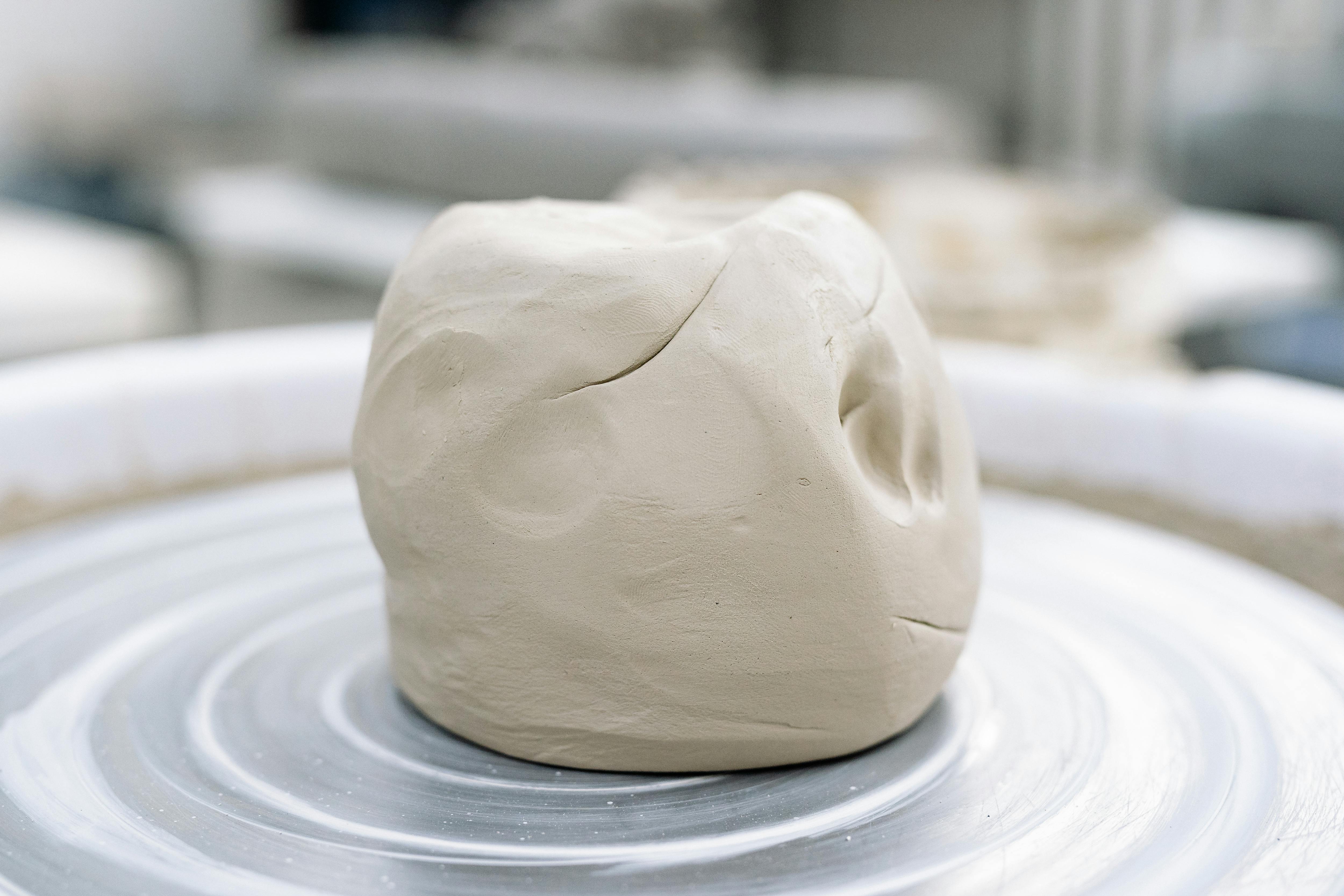
In pottery, understanding the three stages of clay is vital for creating successful pottery pieces. These stages include plastic or wet clay, leather-hard, and bone-dry. Each stage requires different handling and techniques to ensure that the clay maintains its integrity and can withstand the firing process.
Conclusion and Further Reading
The journey into pottery doesn’t stop with the basics. There’s always more to learn and explore in this versatile medium. Whether you continue experimenting with coil methods, wheel throwing, or exploring other pottery techniques, each project is an opportunity to hone your skills. For those eager to learn more, check out our recent articles for the latest in pottery tips and ideas.
Shuttle Art Accessories Non Stick Non Toxic
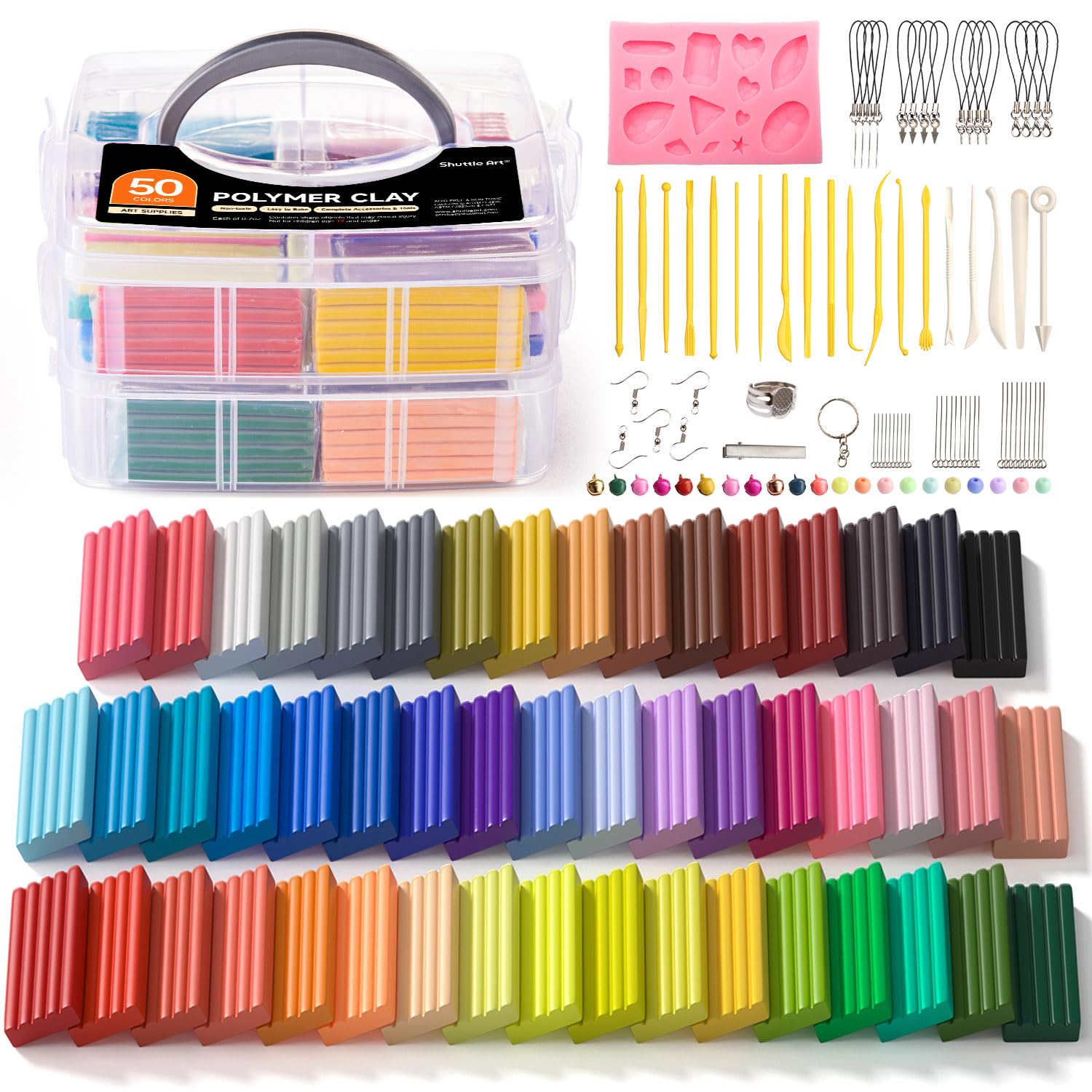
Explore your creativity with the Shuttle Art Polymer Clay Kit, featuring 50 vibrant colors of soft oven-bake clay. Perfect for beginners and seasoned artists alike, this non-toxic set is easy to mold and shape into any design you dream up. Ideal for crafting unique jewelry, sculptures, and decorative pieces, the kit includes all the accessories you need to bring your artistic visions to life. Unleash your imagination and create stunning, durable pieces with this versatile and high-quality clay kit.
How to Make a Coil Pot by Cora K
To further explore creating easy beginner coil pots, watch this instructional video by Cora K. Her ceramics tutorial provides a clear and straightforward approach to hand-building unique and functional ceramics, perfect for those just starting out.
What is the easiest form of pottery?
Coil pottery is often considered the most beginner-friendly method, especially if you’re new to handbuilding. You don’t need a wheel—just roll your clay into coils, layer them up, and shape them at your own pace. This relaxed technique helps you create sturdy, well-formed pots while slowly developing your confidence and skills.
What are the four steps of the coil method of handbuilding?
THE COIL POTTERY TECHNIQUE
1. Step 1 – Rolling Your Coils
Start by preparing a batch of clay coils. Roll them out evenly, making sure they stay about the same thickness from end to end.
-
Step 2 – Forming a Base
Flatten a piece of clay into a disc that will become your pot’s foundation. This base is key to building strong, even walls. -
Step 3 – Adding the Coils
Layer your coils on top of the base, pressing them gently but firmly to attach. As you add each new coil, consider whether you want to keep the coil look or blend it for a smoother finish. -
Step 4 – To Blend or Not to Blend?
Use a wooden tool or your fingertips to blend the coils inside and/or outside the pot. Blending adds strength and can give your pot a clean look. If you prefer a more rustic texture, leave the coils partially visible. -
Step 5 – Shaping the Walls
Once your layers are secure, gently curve or shape the walls. This helps you create anything from a simple bowl form to a more decorative vase—all without a pottery wheel!Starting your pottery journey with easy beginner coil pots not only builds your confidence but also opens up endless possibilities for creative expression. As you continue to explore and refine your techniques, you’ll find that hand-building offers a deeply satisfying and personal connection to your craft.
Stay Connected
If you enjoyed this guide and want to see more inspiring pottery projects, be sure to follow us on Instagram. We'd love to share your creations and keep you updated with the latest tips and tutorials!
Leave a Reply
Venture into a world where clay and creativity converge at JJClayStudio.com – where every piece tells a story. Unearth your next treasure and become part of the narrative that turns everyday moments into artful experiences.
